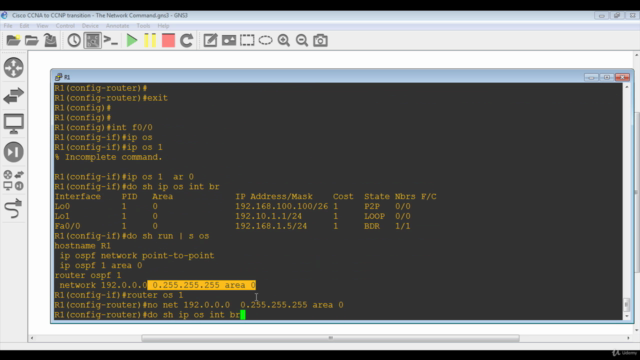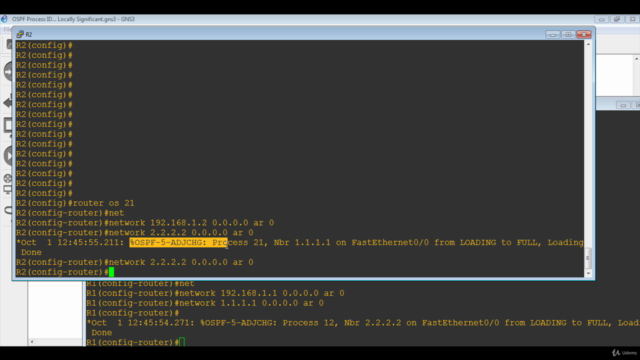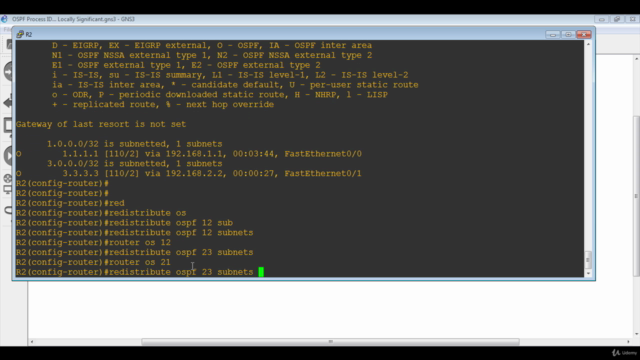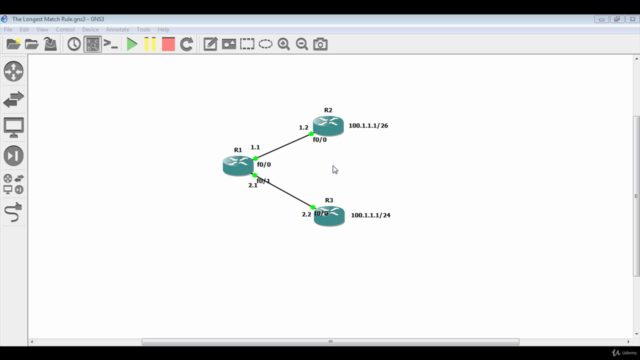CCNA to CCNP Transition: Miscellaneous Topics
Clarify confusing subjects and commends in the CCNA curriculum, and be ready to start your CCNP Studies with confidence
4.75 (4 reviews)

1,544
students
3 hours
content
Oct 2023
last update
$19.99
regular price
What you will learn
Understand topics that are usually confuse CCNA Students.
Be ready for starting your CCNP Studies with confidence.
Understand the Network Command
Understand the OSPF Process ID, and does it mean to be locally significant.
Understand the longest match rule.
Understand the VTP Client Mode.
Load Balancing using Static Routing.
Floating Static Routes with IP SLA.
Getting Help from HSRP and Verifying the Configuration.
Static Routing using DHCP.
Configuring Permanent Static Routes.
As a bonus, I have added a lab that will help you to understand how to troubleshoot routing protocols, specifically OSPF and EIGRP.
Network Attacks Using Features of the IP Protocol: including the IP smurfing attack.
Screenshots




Related Topics
2008608
udemy ID
11/5/2018
course created date
11/22/2019
course indexed date
Bot
course submited by